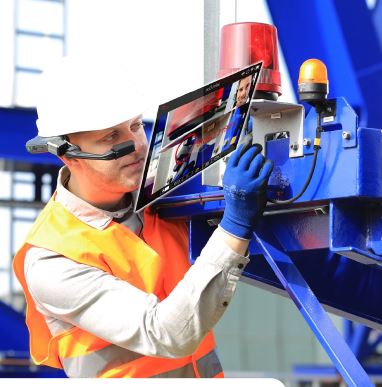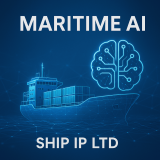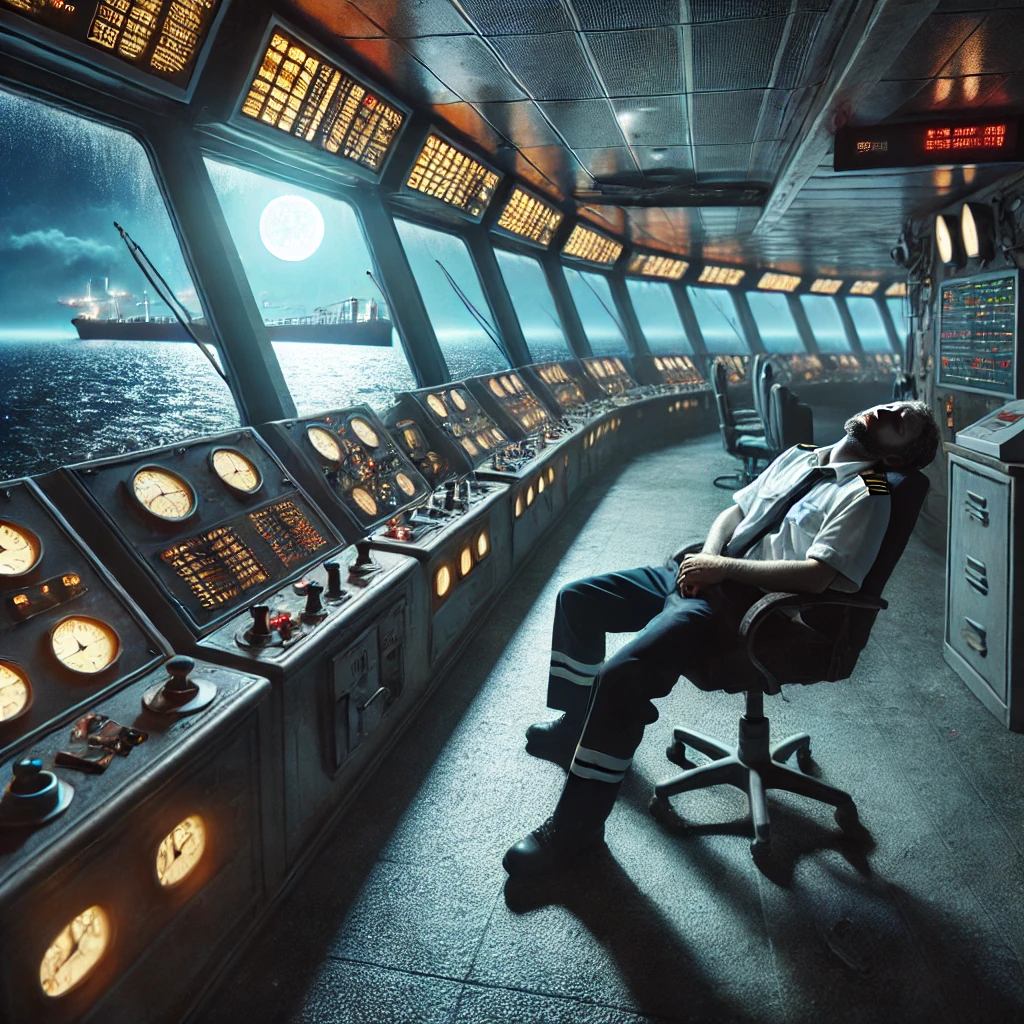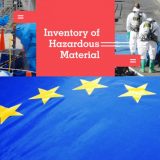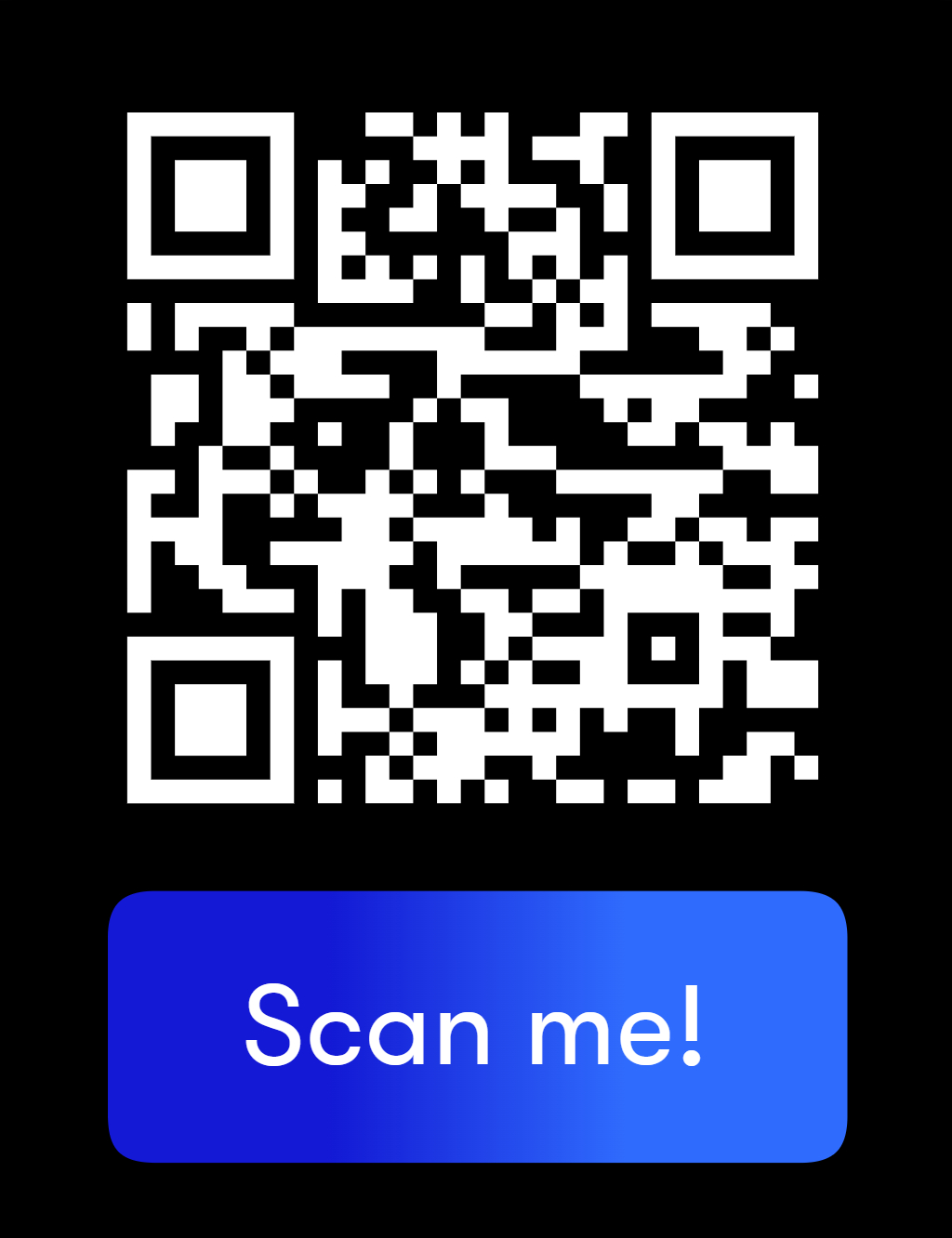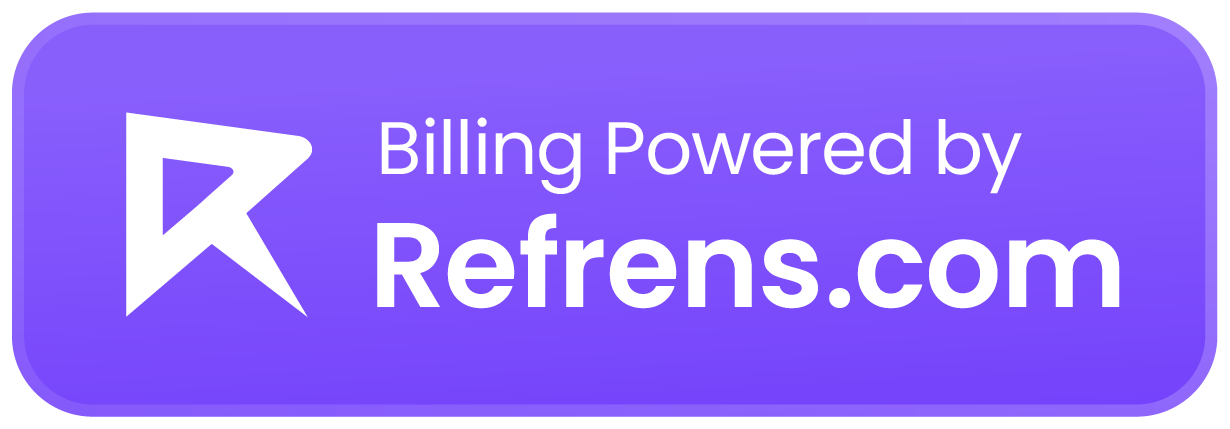Global Maritime Safety Market research report provides thorough idea about the up to date scenario of the global market, recent developments, product launches, joint ventures, capacity, production value, mergers and acquisitions based on numerous market dynamics. This Maritime Safety Market report is produced by keeping in mind all the requirements of the businesses vital for achieving a successful business growth. In this report, company profiles of the main market competitors are analysed with respect to company snapshot, geographical presence, product portfolio, and recent developments. Moreover, this business research document includes the main product category and industry key segments as well as the sub-segments of the global Maritime Safety Market.
The report gives explanation about market definition, currency and pricing, market segmentation, market overview, premium insights, key insights and company profile of the key market players. With this Maritime Safety Market report, it can also be estimated that how the actions of key players are affecting the sales, import, export, revenue and CAGR values. The report also helps analyse the most appropriate method for the distribution of certain products. This study also estimates the market status, market share, growth rate, sales volume, future trends, market drivers, market restraints, revenue generation, opportunities and challenges, risks and entry barriers, sales channels, and distributors.
Click Here To Get Global Maritime Safety Market Research Sample PDF Copy https://www.databridgemarketresearch.com/request-a-sample?dbmr=global-maritime-safety-market
Global Maritime Safety Market is expected to rise from its initial estimated value of USD 20.03 billion in 2018 to an estimated value of USD 35.98 billion by 2026, registering a CAGR of 7.6% in the forecast period of 2019-2026. This rise in market value can due to increasing trade and freight transport activities by sea.
Major Market Competitors/Players
Few of the major competitors currently working in the global maritime safety market are BAE Systems, Elbit Systems Ltd., Harris Corporation, Honeywell International Inc., Kongsberg Gruppen ASA, Northrop Grumman Corporation, Raytheon Anschütz, Saab AB, Leonardo S.p.A., GRUPO EULEN, ABS Group, Consilium AB Publ., Vane Brothers, SOLAS MARINE SERVICES GROUP, Safety Management Systems, Siam Global Marine Safety Co., Ltd., and others.
This report studies Global Maritime Safety Market in Global market, especially in North America, China, Europe, Southeast Asia, Japan and India, with production, revenue, consumption, import and export in these regions, from 2012 to 2016, and forecast to 2025.
This report also contains all the recent developments, product launches, joint ventures, merges and accusations by the top brands and players. All the way by also informing what the market drivers and restrains are with help of SWOT analysis.
Conducts Overall Global Maritime Safety Market Segmentation: This knowledgeable market research report offers lucrative opportunities by breaking down complex market data into segments on the basis of Global Maritime Safety Market By Technologies and Systems (Screening and scanning, Access control, Detectors, Geographic information system, Surveillance and tracking, Weather monitoring, SCADA, Communication), Services (Training, risk assessment and investigation, Maintenance and support, Consulting, others), Categories (Port And Critical Infrastructure Security, Vessel Security, Coastal Surveillance), Others (Loss Prevention, Security Management, Counter Piracy, Kidnap, Response Consultancy), Geography (North America, South America, Europe, Asia-Pacific, Middle East and Africa) – Industry Trends and Forecast to 2026.
This reports includes the following deliverable
- Macro Indicator Analysis
- Bleaching Agents Market Overview
- Market Dynamics
- Drivers, Restraints, Opportunities and Challenges
- Market sizing and growth analysis
- Global Bleaching Agents Market forecasting to 2025
- Market Competitive Landscape
- Product Launches and Pipeline Analysis
- Value Chain Analysis
- Market Mergers, Acquisitions and Agreements
- Company Profiles
This report scope includes a holistic study of the current dynamics of the market, industry growth and restraints of the Global Maritime Safety Market. It provides the market forecast to 2025, recent developments in the market and pipeline analysis of the major players. The report also includes a review of micro and macro forecasts, new entrant strategies, and market penetration strategies with a comprehensive value chain analysis.
Table Of Contents: Global Maritime Safety Market
Part 01: Executive Summary
Part 02: Scope Of The Report
Part 03: Research Methodology
Part 04: Market Landscape
Part 05: Pipeline Analysis
Part 06: Market Sizing
Part 07: Five Forces Analysis
Part 08: Market Segmentation
Part 09: Customer Landscape
Part 10: Regional Landscape
Part 11: Decision Framework
Part 12: Drivers And Challenges
Part 13: Market Trends
Part 14: Vendor Landscape
Part 15: Vendor Analysis
Part 16: Appendix
Browse FREE TOC with selected illustrations and example pages of Global Maritime Safety Market @ https://www.databridgemarketresearch.com/toc?dbmr=global-maritime-safety-market
Market Definition: Global Maritime Safety Market
Maritime safety is referred to be the mission of United States coast guard. Coast guard investigates maritime incidents, merchant vessels, offshore drilling units and maritime facilities. Apart from these coast guards are also responsible for licensing mariners, documenting U.S. flagged vessels, and implementing a variety of safety programs. Maritime safety awareness, and regulatory compliances and standards may act as the major driver in the growth of marine safety. On the other hand, absence of uniform standards of technologies and solutions may hamper the market.
Market Drivers:
- Maritime safety awareness
- Regulatory compliances and standards
- Rising trade and freight transport activities by sea
Market Restraints:
- Ungoverned marine regions
- Absence of uniform standards of technologies and solutions
- Transnational organized crime (TOC)
Key Developments in the Market:
- In April 2019, the EU’s Frontex border and coastguard agency and the European Maritime Safety Agency (EMSA) had been contracted a number of military-grade UAVs to carry out surveillance programmes in waters around Europe. Texas Instruments Incorporated announced the launch of low cost high quality DLP technology chipset. This will enhance the Maritime Safety as it will monitor oil spills.
- In April 2019, NIMASA, PFSO exposed the falseness report on port security. This report explained that the U.S. Coast Guard is working with province rules. This report will become a driving factor in the industry because it will lead new playerS in.
Competitive Analysis
Global maritime safety market is highly fragmented and the major players have used various strategies such as new product launches, expansions, agreements, joint ventures, partnerships, acquisitions, and others to increase their footprints in this market. The report includes market shares of maritime safety market for global, Europe, North America, Asia-Pacific and South America.
Key Questions Answered in This Report
- What will the Global Maritime Safety Market size be in 2025 and what will the growth rate be?
- What are the key market trends?
- What is driving this market?
- What are the challenges to market growth?
- Who are the key vendors in this market space?
- What are the market opportunities and threats faced by the key vendors?
Key reason to Purchase the report
- To describe and forecast the Global Maritime Safety Market, in terms of value, by process, product type, and industry.
- To strategically profile key players and comprehensively analyze their market position in terms of ranking and core competencies, and detail the competitive landscape for market leaders
- To describe and forecast the market, in terms of value, for various segments, by region North America, Europe, Asia Pacific (APAC), and Rest of the World (RoW)
- To provide detailed information regarding the major factors (drivers, restraints, opportunities, and challenges) influencing the Global Maritime Safety Market growth
- Market Development: Comprehensive information about emerging markets. This report analyzes the market for various trocars across geographies.
- To strategically analyze micro markets with respect to individual growth trends, prospects, and contribution to the overall market
Customization of the Report
- The report includes the complete segmentation displayed above across all above mentioned countries
- All products covered in the Global Maritime Safety Market, product volume and average selling prices will be included as customizable options which may incur no or minimal additional cost (depends on customization)
Any Questions? Inquire here before purchase @ https://www.databridgemarketresearch.com/inquire-before-buying?dbmr=global-maritime-safety-market
Key focus of the report
- This report provides pin-point analysis for changing competitive dynamics
- It provides a forward-looking perspective on different factors driving or restraining market growth
- It provides five-year forecast assessed on the basis of how the market is predicted to grow
- It helps in understanding the key product segments and their future
- It provides pin point analysis of changing competition dynamics and keeps you ahead of competitors
- It helps in making informed business decisions by having complete insights of market and by making in-depth analysis of market segments
Opportunities in the Global Maritime Safety Market report
1.Comprehensive quantitative analysis of the industry is provided for the period of 2016-2023 to assist stakeholders to capitalize on the prevailing market opportunities.
2.Comprehensive analysis of the factors that drive and restrict the market growth is provided in the report.
3.Extensive analysis of the key segments of the industry helps in understanding the trends in types of point of care test across regional.
Thanks for reading this article; you can also get individual chapter wise section or region wise report version like North America, Europe, MEA or Asia Pacific.
Source: primefeed
